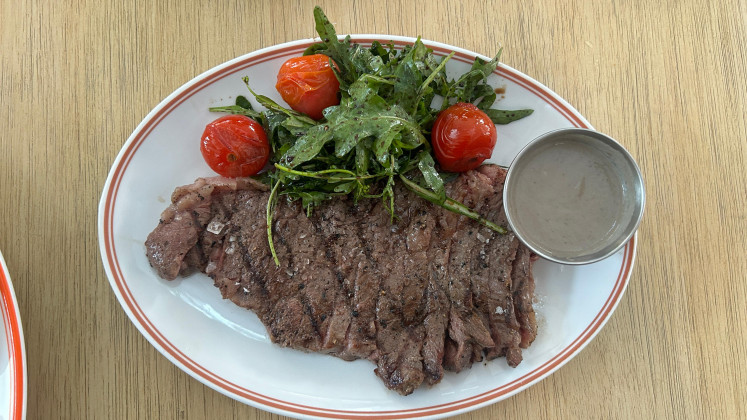Popular Reads
Top Results
Can't find what you're looking for?
View all search resultsPopular Reads
Top Results
Can't find what you're looking for?
View all search resultsFish skin used to treat burns in Brazil
Change text size
Gift Premium Articles
to Anyone
Doctors in Brazil have discovered an unconventional method for treating severe burn victims: tilapia skin.
While frozen animal skin and human tissue are often used to treat burns, as they keep the wound moist and help transfer collagen, the resources in Brazil for such treatment are lacking. The gauze bandages that are used instead must be frequently -- and usually painfully -- changed.
As tilapia is widely found in Brazil’s rivers and fish farms, doctors believe it can be a cost effective way to treat burns.
“The use of tilapia skin on burns is unprecedented,” said Odorico de Morais, a professor at Ceara University, as quoted by Reuters. “The fish skin is usually thrown away, so we are using this product to convert it into something of social benefit.”
Read also: China increases use of traditional medicine to tackle AIDS
Researchers at the Federal University of Ceara found that the tilapia skin had many properties similar to human skin, such as moisture, collagen and disease resistance, that would aid in healing.
Chinese researchers have also tested the effects of tilapia skin on rodents, but have yet to move to human trials.
But in Brazil, technicians at the University treat the fish skin to sterilize it before sending it to São Paulo for irradiation to kill viruses. After processed and refrigerated, it no longer smells like fish and can last for up to two years. (sul/kes)











